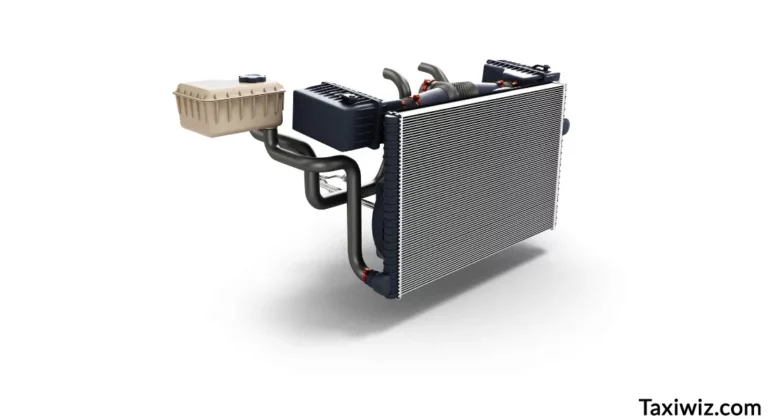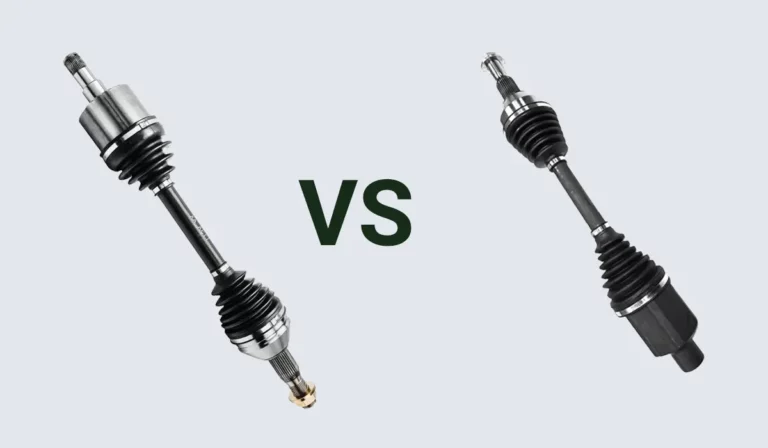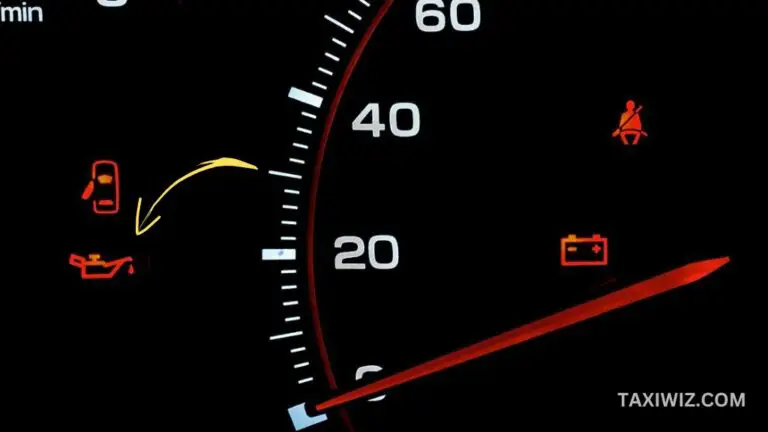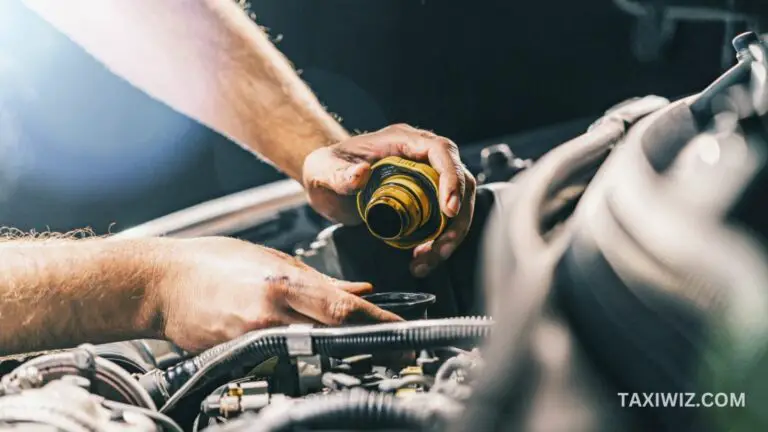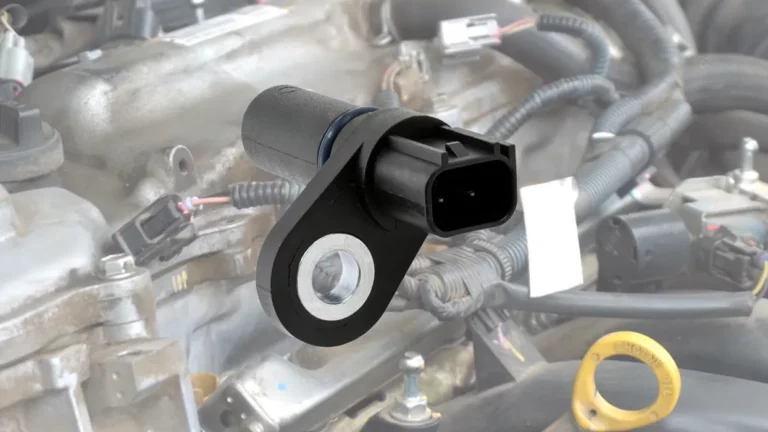Cylinder 1 Misfire Car Shaking: Why You Shouldn’t Ignore It
Cylinder misfires usually lead to your car shaking. A cylinder misfires typically when it fails to function as it should. The misfire throws the engine off balance, which creates a vibration.
Sometimes, this vibration is powerful enough to send your car shaking. Usually, the following are considered the main cause of car shaking:
- Low or inconsistent fuel pressure
- Broken vacuum line
- Carbon fouled spark plug
In this article, we’ll look into these issues in depth. Stick with us if you want to learn how to identify the main issue behind the misfire, and how to fix it.
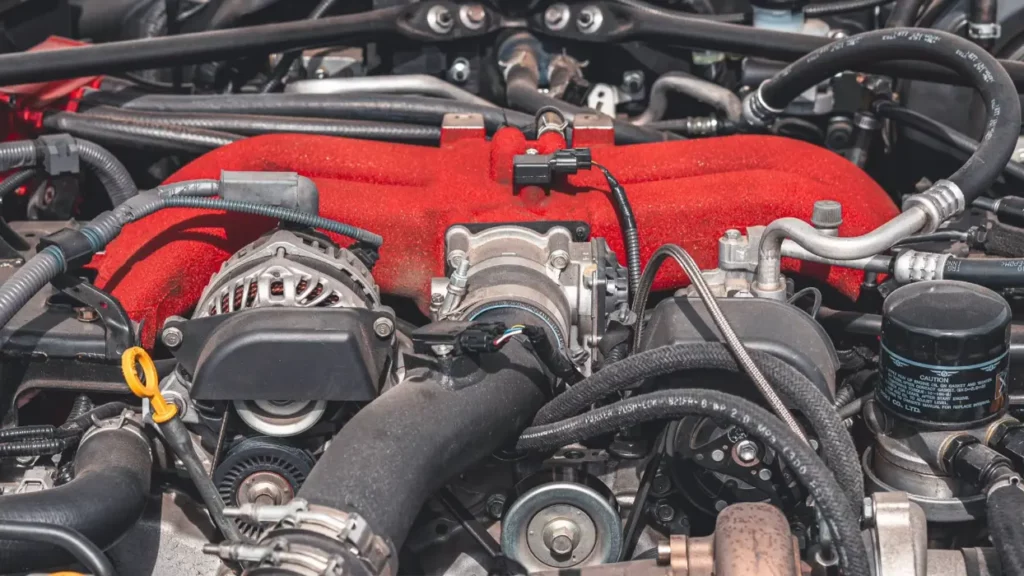
What Causes Cylinder 1 to Misfire?
The misfire mainly occurs when there isn’t sufficient fuel supply to the cylinder, or when there’s a problem with the spark.
In engines with high mileage, the problem can occur when the compression of the cylinder isn’t optimum. However, there are a variety of things that can lead to these issues. These are as follows:
Faulty Spark Plug
In most cases, the spark plug is what causes the misfire. As discussed earlier, an engine can misfire when the spark plug isn’t functioning properly.
By that, we mean that the spark plug can either stop functioning altogether, or it may function at the wrong time. Either way, it’s going to lead to a misfire.
It’s because the fuel that’s injected into the cylinder requires a spark to burn. If there’s no spark or mistimed spark, the cylinder fails to burn the fuel, which in turn leads to a misfire.
Bad Ignition Coil
A bad ignition coil can also lead to an engine misfire. Usually, a bad coil prevents the cylinder from functioning properly. In certain cases, it ultimately ends up damaging the spark plug.
Problem with the Fuel Injector
The fuel injector plays a crucial role in keeping your engine running. This is because; the injector supplies the cylinder with the optimum amount of engine oil. Should the injector fail to provide that, it will lead to an eventual misfire.
Compression Issues
When fuel is injected into the cylinder, it’s usually injected in a compressed form. However, different reasons can lead to low compression which leads to misfires. This is a very complex issue as it can be caused by a combination of problems.
So, the diagnosis can be complicated as well. This problem usually requires professional intervention as it can’t be fixed by simply swapping out a specific part.
When it comes to repairing the spark plug or fuel delivery issue, at least it’s easy to figure out what’s causing the problem. In this case, however, it can be from a cracked cylinder, bad closing valve, dirt, and grime, to a worn-out engine.
How to Identify a Cylinder Misfire?
If you can feel your car shaking, look for the “Check Engine” light right away. If it’s actually being caused by a misfiring engine, you’ll find the light flashing on and off.
Although you’ll know by then that the cylinder is misfiring, you won’t know which cylinder for certain. For that, you’re going to need an OBDII scanner. You need to connect it to the port beneath the dashboard.
Most OBDII scanners point the problem out with a series of letters and numbers. If it shows the “P0301” code, then you can be certain that cylinder 1 is misfiring.
Apart from these, some general symptoms that point toward cylinder misfire are a sputtering engine and vibration from the engine bay.
Another passive effect of a misfiring engine is that it’s supposed to burn fuel fast. For example, you’re likely to find the fuel mileage dropping even when idle.
How to Check the Engine for Electrical Malfunctions?
The spark plug is rather easy and cheap to fix. Even if you need to replace it, you’ll be able to get away with a light expense.
But, how would you know which one is the first cylinder? This usually differs from one vehicle to another.
You should check your vehicle’s owner’s manual for the appropriate position of the first cylinder. In a typical V-shaped engine, it’s the first one on the passenger side of the car.
Swap the Ignition Coil
To check the condition of the spark plug, you need to start by taking off the ignition coil in cylinder one. Then, replace the coil with one that’s working properly. You can take the ignition coil from another cylinder for this test.
Check the Error Code
Now, you’ll need to connect the OBDII scanner and run the vehicle again. If the spark plug of the first cylinder is proper, then the code will change, depicting that the problem is with another engine.
For example, if you’ve taken the ignition coil from the third cylinder, then the code will change to P0303, as the third cylinder will stop working.
However, if the code remains unchanged, then the problem is with the first cylinder. In this case, you’ll need to check the spark plug.
Swap the Spark Plug and Test Again
To do so, swap the spark plug of the first cylinder with another, and repeat the entire process.
If the code remains unchanged, then there’s something wrong with some other component of cylinder one. Otherwise, you can be certain that it’s the spark plug that’s faulty.
How to Check the Engine for Improper Fuel Injection?
If you couldn’t find any issues with the spark plugs or ignition coils, then you need to look into the fuel injection system. Sadly, the fuel injectors can’t be replaced in most vehicles like spark plugs.
So, we recommend seeking the help of professionals for fixing this issue. Also, fixing this can get costly because apart from the expensive fuel injector, you’ll need to spend a lot on the mechanic as well.
However, you can prevent this from happening altogether. The fuel injectors are mostly damaged due to years of carbon buildup in the injection system. This ends up clogging the tracts as well as the filters.
To prevent this, you need to maintain the engine regularly. Regular maintenance and swapping of the clogged filters can prevent the problem from happening altogether.
Replace the Mass Air Flow and Oxygen Sensors
If the fuel injector seems to be working fine, the oxygen or airflow sensors of the injection system may be causing the problem. If such is the case, you’re likely to see the P0141 code on the OBDII scanner along with the code for cylinder 1 misfire.
The mass air flow sensors are usually located on the air intake pipe, right after the air filter. On the other hand, the oxygen sensors are found right before the catalytic converter, on the exhaust tract.
If these sensors are faulty, then they provide the engine computer with the wrong reading. This prevents the fuel injector from providing an optimum level of fuel to the cylinder.
To replace the mass air flow sensor, you need to locate and unscrew it. Usually, it’s secured by screws on both sides. You’ll need to disconnect the wires as well. You can remove the oxygen sensor in the same way, it’s just they’re located at a different place.
Once they’re uninstalled, install a new and functioning sensor at their place. Make sure to connect the new sensor with the wiring, otherwise, you’re going to get the same error. A proper replacement should solve the problem.
Related Post: Black Soot on Spark Plugs
Check the Engine for Compression Issues
Lastly, we recommend checking the engine for compression issues. The process is described as follows:
Do a Compression Test
Start off by removing the fuse that delivers electric power to the fuel pump. Now, you’ll need to take off the spark plug of cylinder one and install a compression gauge in its place.
Once installed, fire the ignition and check the reading. If it fails to remain stable, there’s something wrong with the compression.
Replace the Head Gasket
In a lot of cases, the misfire is caused by a blown head gasket. So, you can try replacing or repairing the head gasket.
Rebuild the Engine
If there’s a serious lack of compression, the bottom part of the engine will need to be rebuilt. This work is best left to professionals.
Related Post: Why Powertrain Malfunction Reduced Power? [ With Fixes!]
Frequently Asked Questions [FAQs]
Should You Drive a Car with Misfire?
You can drive a car that’s misfiring if you can tolerate the vibration. However, we recommend driving to a repair shop directly as it can lead to other problems.
How to Prevent Engine from Misfiring?
The only way you can prevent further malfunctions with the engine components is by carrying out regular maintenance. Also, swap out the filters once in a while.
Can a Cylinder Misfire Get Fixed Automatically?
No, cylinder misfires need to be addressed, and they don’t get fixed by themselves. So, we recommend focusing on the repair as soon as you encounter a misfire.
Conclusion
A cylinder 1 misfire car shaking can typically be fixed easily. However, in certain cases, it can get really expensive. Regardless, stick to the troubleshooting guide we just shared.
It’s designed to help you troubleshoot the easier ones first. Also, if you don’t have prior experience, just visit a professional. If you’re unsure of the location of any component, refer to the vehicle’s owner’s manual.

